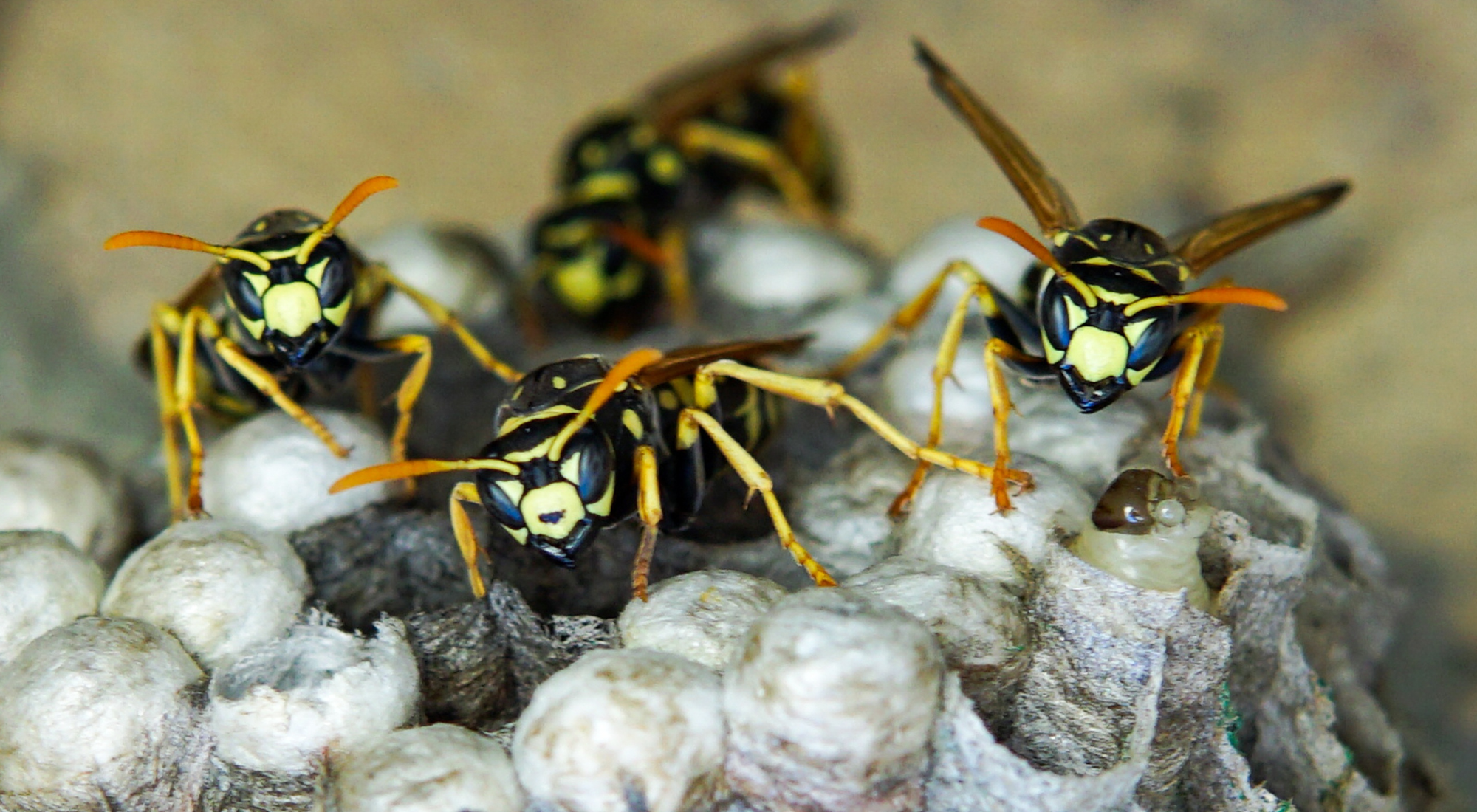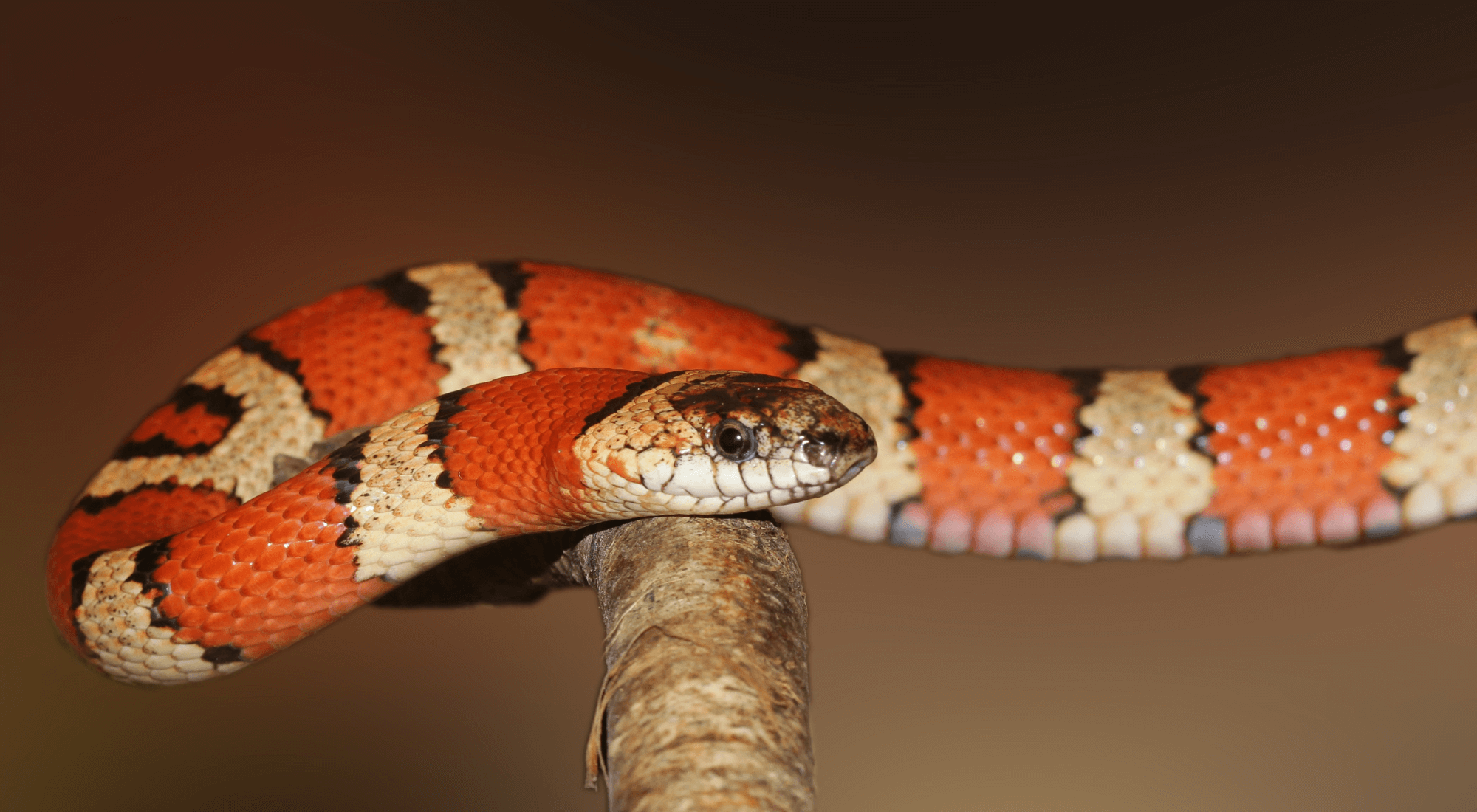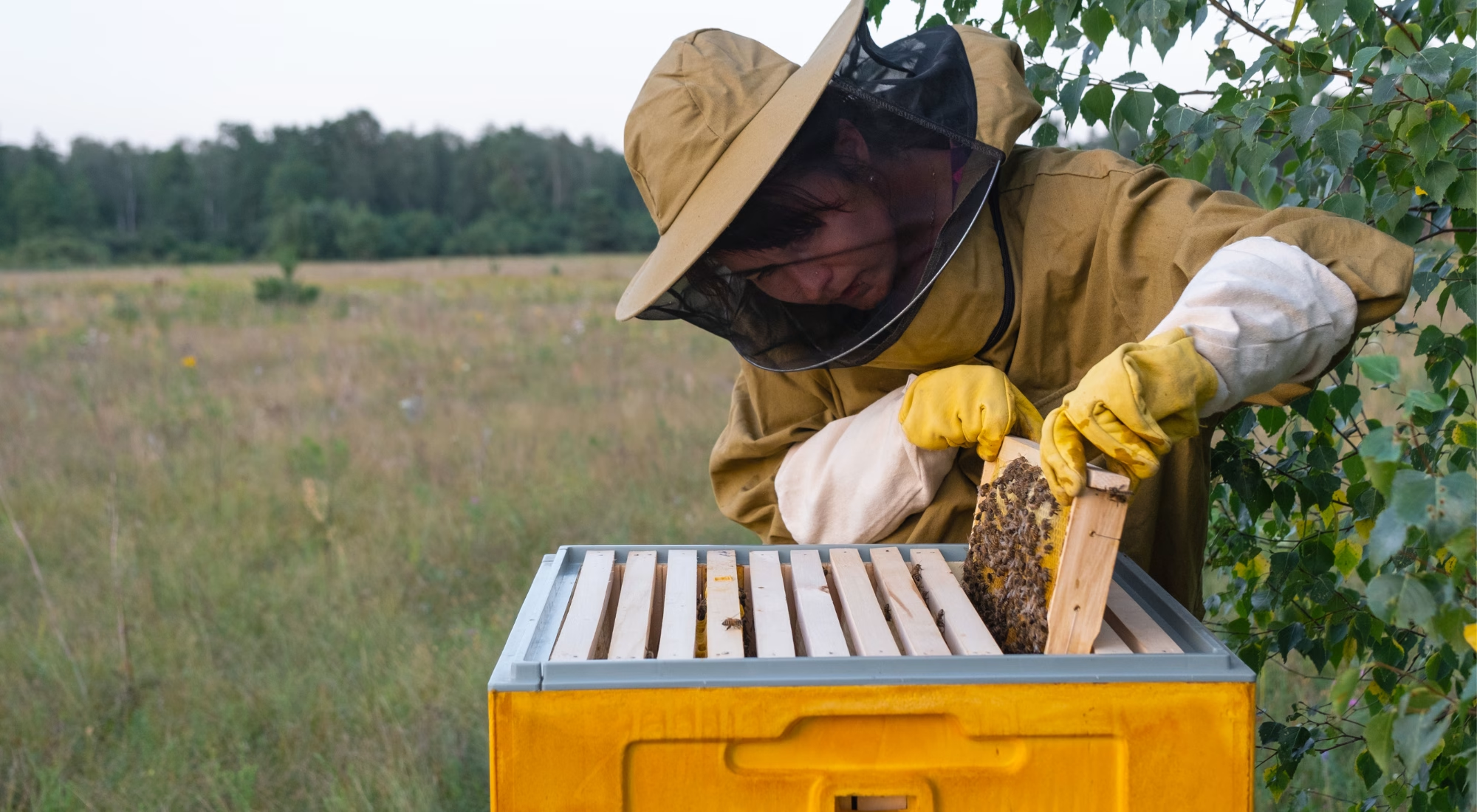Understanding the household pests life cycle is essential for effective pest control. Pests can do more than irritate—they damage property, contaminate food, and pose health risks. Each pest has a unique development pattern that affects its behavior and vulnerability. Knowing these stages helps homeowners take action using the right strategies at the right time. In this article, we’ll explore the household pests life cycle and how this knowledge can help prevent and manage infestations.
Life Cycle:
Ants and their life cycle develop through a complete metamorphosis, consisting of four stages: egg, larva, pupa, and adult. Once a queen ant establishes a colony, she begins laying eggs continuously. Larvae hatch from these eggs and are cared for by worker ants until they mature. The transition from egg to adult may take a few weeks, depending on the species and environmental conditions.
Control Strategies:
Since ant colonies can grow rapidly, early intervention is essential. Sealing entry points, eliminating food sources, and using baits that target the queen can effectively disrupt the colony’s reproduction and growth. Identifying the species is also important, as different ants require different control methods.
Life Cycle:
Cockroaches and their life cycle go through three main stages: egg, nymph, and adult. A single female can produce multiple egg cases (oothecae), each containing dozens of eggs. Once hatched, nymphs resemble small adults and moult several times before reaching maturity. The entire process can take anywhere from a few weeks to several months, depending on environmental factors like temperature and humidity.
Control Strategies:
Cockroaches thrive in dirty and moist environments. Regular cleaning, proper food storage, and fixing leaks can prevent infestations. Additionally, using gel baits, traps, and insect growth regulators (IGRs) can help eliminate cockroach populations by targeting multiple stages of their life cycle.
Life Cycle:
Rodents and their life cycle, including mice and rats, reproduce quickly and can establish infestations in a short time. A single female mouse can give birth to a litter of 5–12 pups and may produce multiple litters per year. Young rodents mature in just a few weeks, contributing to rapid population growth.
Control Strategies:
Rodents are destructive and can spread disease, so prompt action is essential. Seal holes and cracks around your home to block entry points. Store food in airtight containers and maintain cleanliness in kitchens and storage areas. Use traps or bait stations in high-activity zones. Professional extermination may be needed for larger infestations.
Life Cycle:
Bedbugs have a simple life cycle: egg, nymph (five instar stages), and adult. A female can lay hundreds of eggs in her lifetime, and under ideal conditions, the bugs can mature in just a few weeks. Bedbugs feed on human blood, often while people sleep.
Control Strategies:
Early detection is crucial. Inspect mattresses, box springs, bed frames, and upholstered furniture for signs of bedbugs. Washing linens in hot water, vacuuming frequently, and using mattress encasements can help manage infestations. Severe cases often require professional heat or chemical treatments.
Life Cycle:
Most spiders lay eggs in silk sacs, with each sac containing up to several hundred eggs. These eggs hatch into spiderlings, which moult multiple times before becoming adults. Spiders typically live solitary lives and are more active during certain seasons, particularly in fall when seeking warmth indoors.
Control Strategies:
Although most spiders are harmless and can even help control other pests, their presence can be unsettling. Reducing clutter, sealing cracks, and minimizing outdoor lighting can prevent spiders from entering homes. Removing webs and using natural deterrents like peppermint oil may also be effective.
Understanding the life cycles of common household pests is the first step toward effective pest control. Each stage of a pest’s development presents opportunities for targeted action. By combining this knowledge with consistent prevention and intervention strategies, homeowners can significantly reduce the risk of infestations. For those who need professional assistance, Forbearance Pest Control offers expert services tailored to combat pests at every stage of their life cycle. Don’t let pests take over—stay informed, stay prepared, and protect your home.




